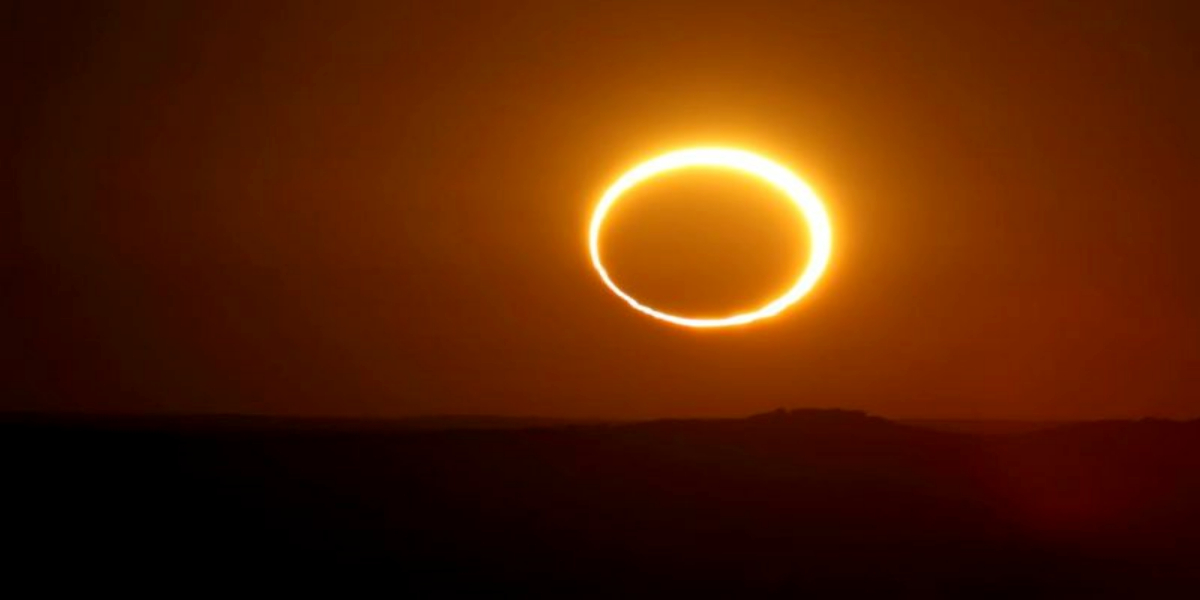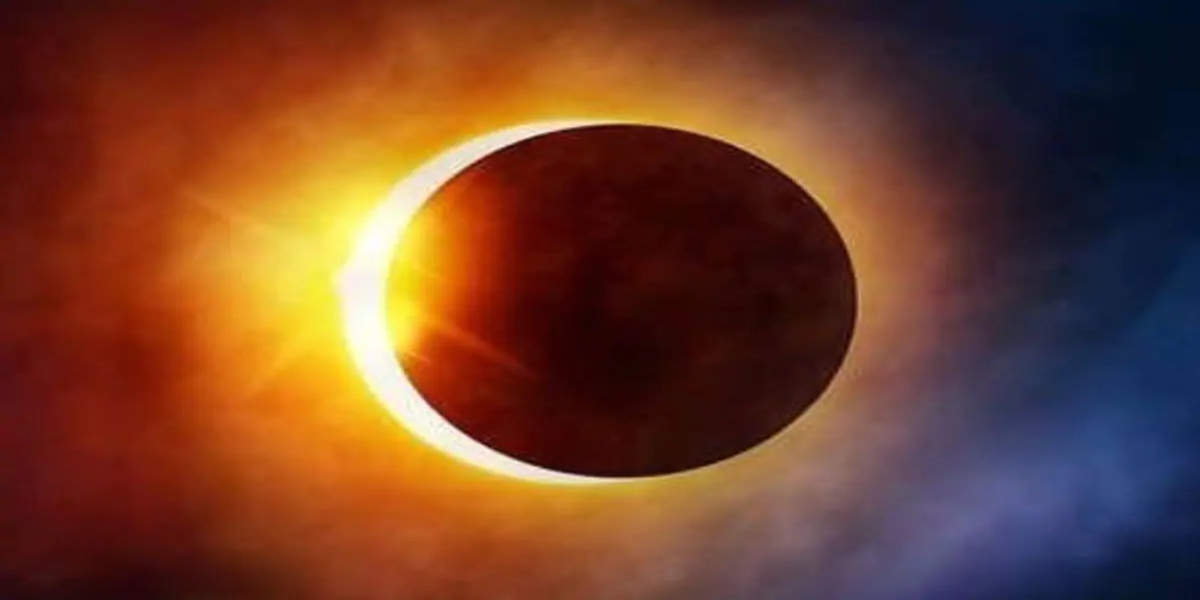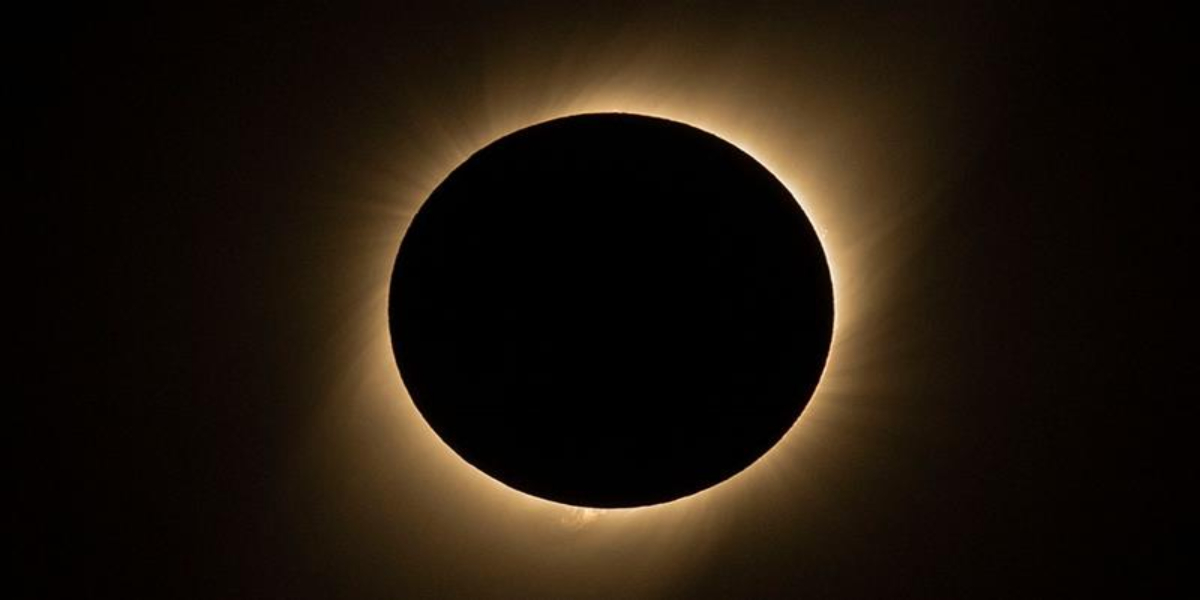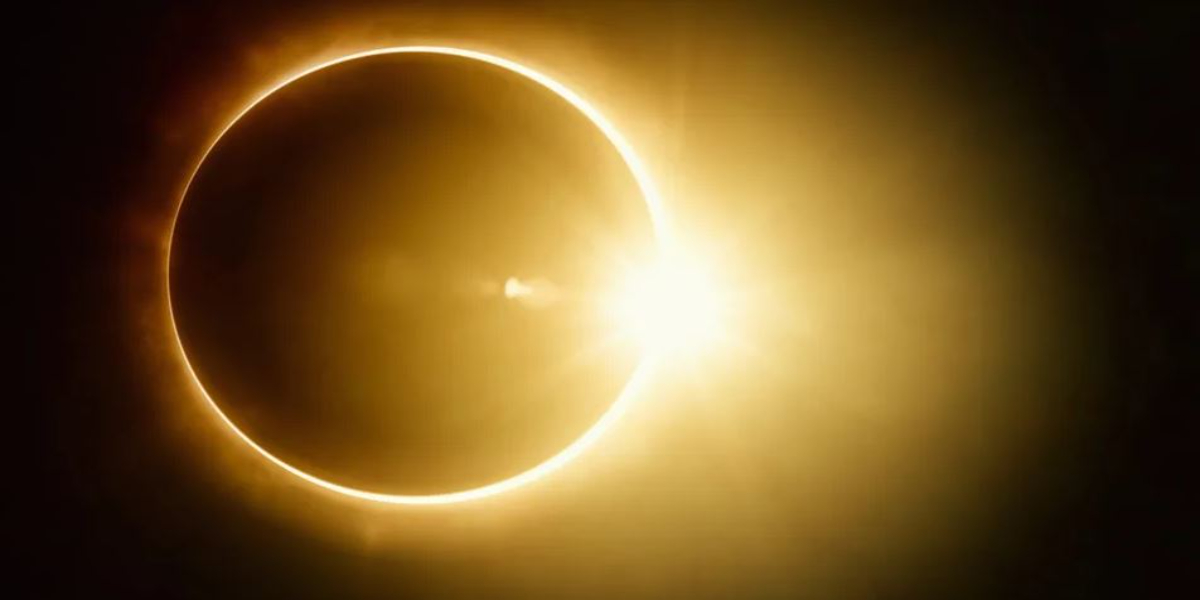The world will witness the last solar and lunar eclipse of the year 2020 in the end of November and in December.
According to reports, the middle of the upcoming eclipse season falls on December 11, 2020, which means that the world will witness two eclipses: a lunar eclipse on November 30 and a solar eclipse on December 14.
The last lunar eclipse of 2020, on November 29 and 30, will be visible to residents of North and South America, Australia, and parts of Asia.
Whereas, Pakistan had last witnessed a solar eclipse on June 21, 2020. The last lunar eclipse was seen on June 5, 2020.
Annular eclipses occur when the Moon — passing between Earth and the Sun — is not quite close enough to our planet to completely obscure sunlight, leaving a thin ring of the solar disc visible.
They occur every year or two, and can only be seen from a narrow pathway across the planet.
The “ring of fire” was first seen in northeastern Republic of Congo (04:56 GMT) just a few minutes after sunrise.
This is the point of maximum duration, with the blackout lasting 1 minute and 22 seconds.
A solar eclipse always occurs about two weeks before or after a lunar eclipse. Lunar eclipses are visible from about half of Earth’s surface.
However, there will be a second solar eclipse on December 14 over South America because the Moon will be a bit closer to Earth, it will block on the Sun’s light entirely.
It will take less than 100 minutes for the path of this eclipse to move across the continent.
Even if the day has darkened, looking at a solar eclipse with the naked eye is dangerous.






